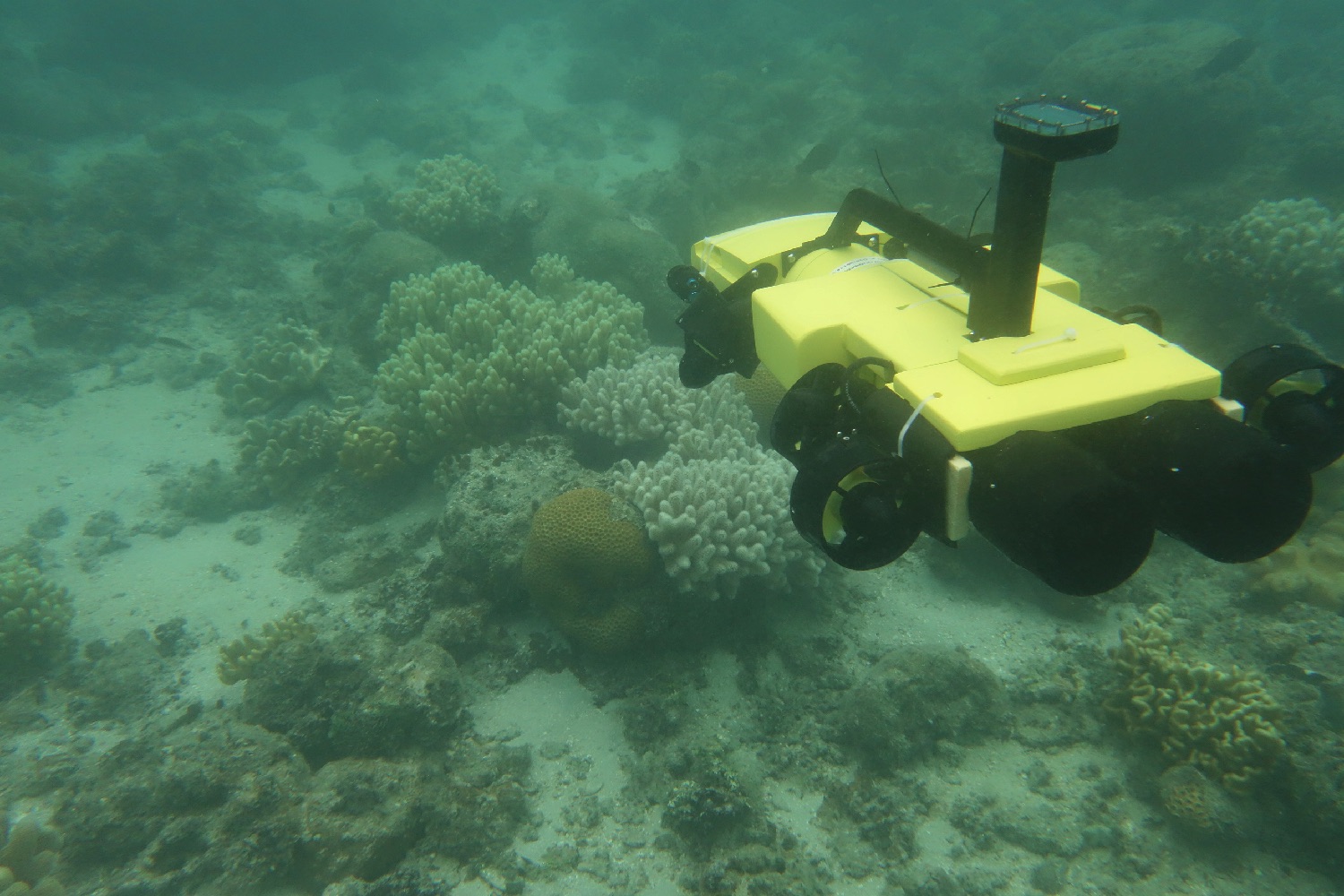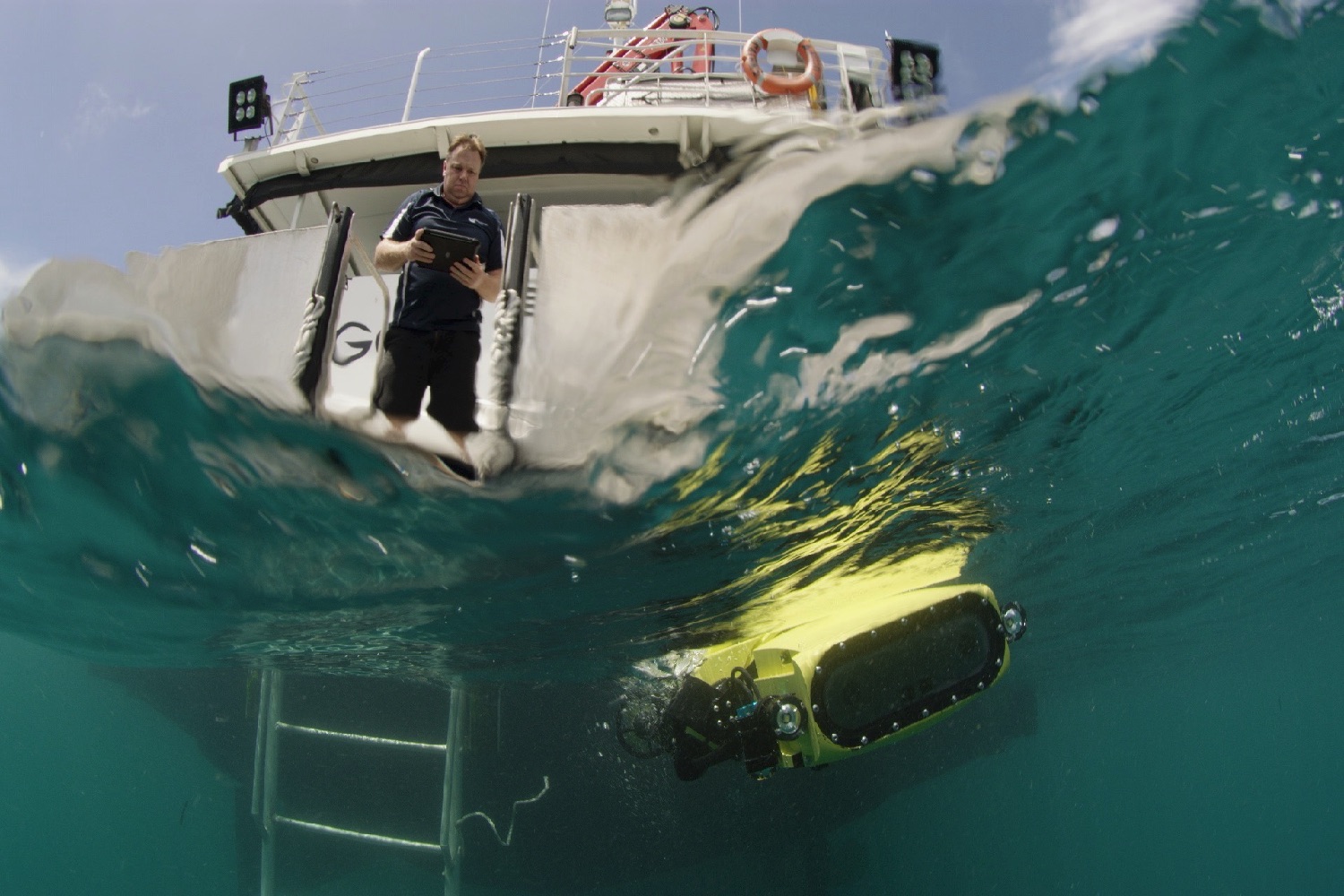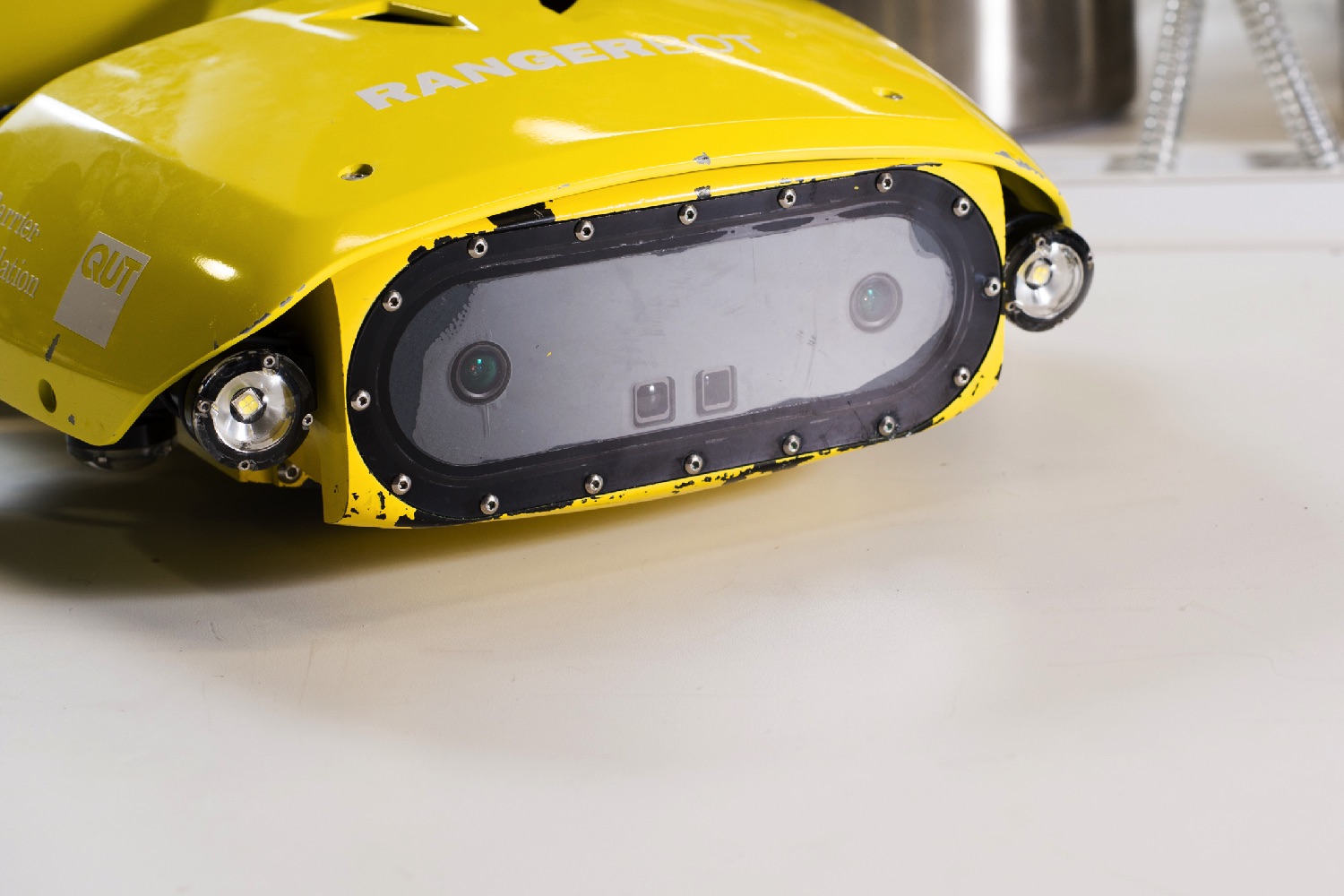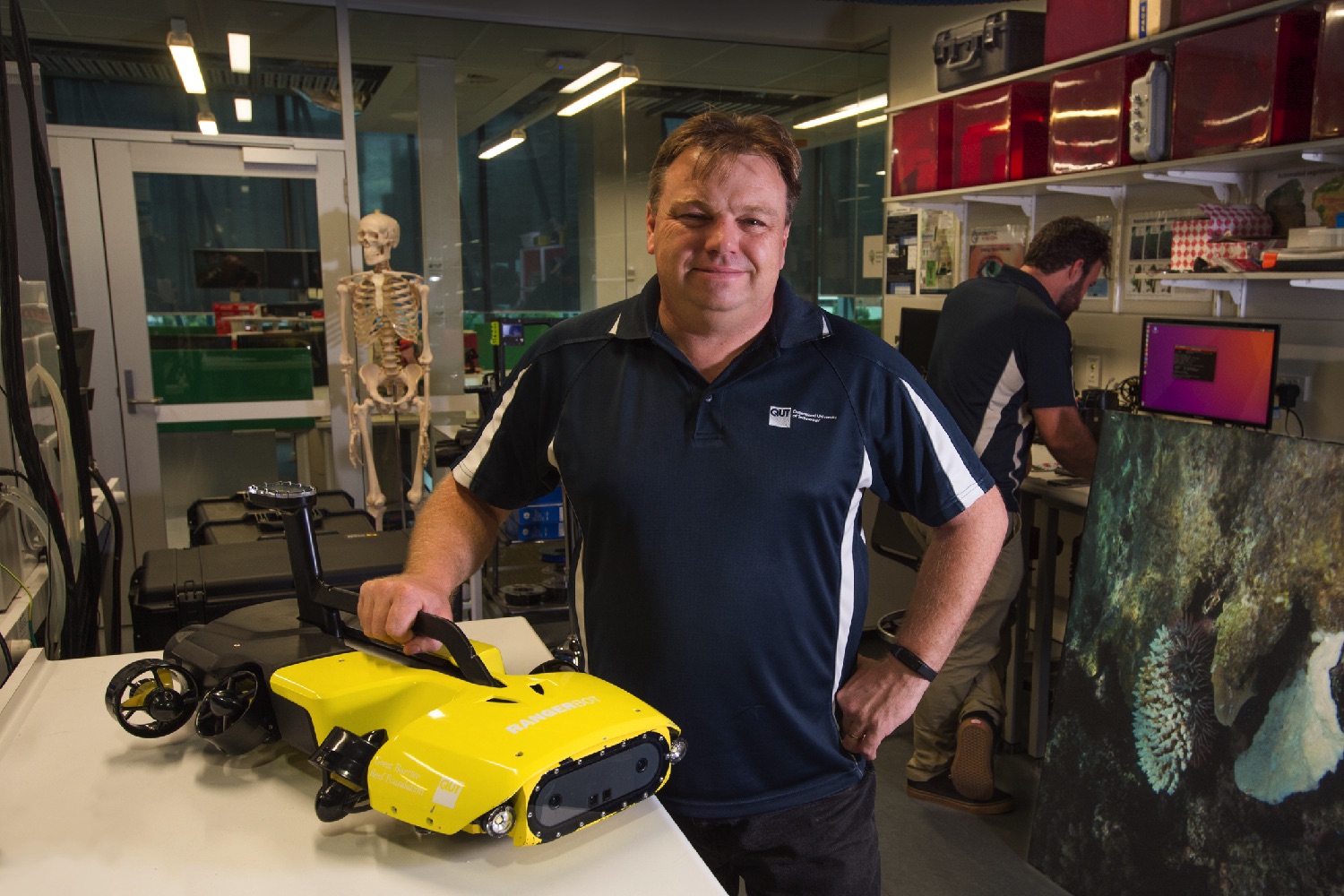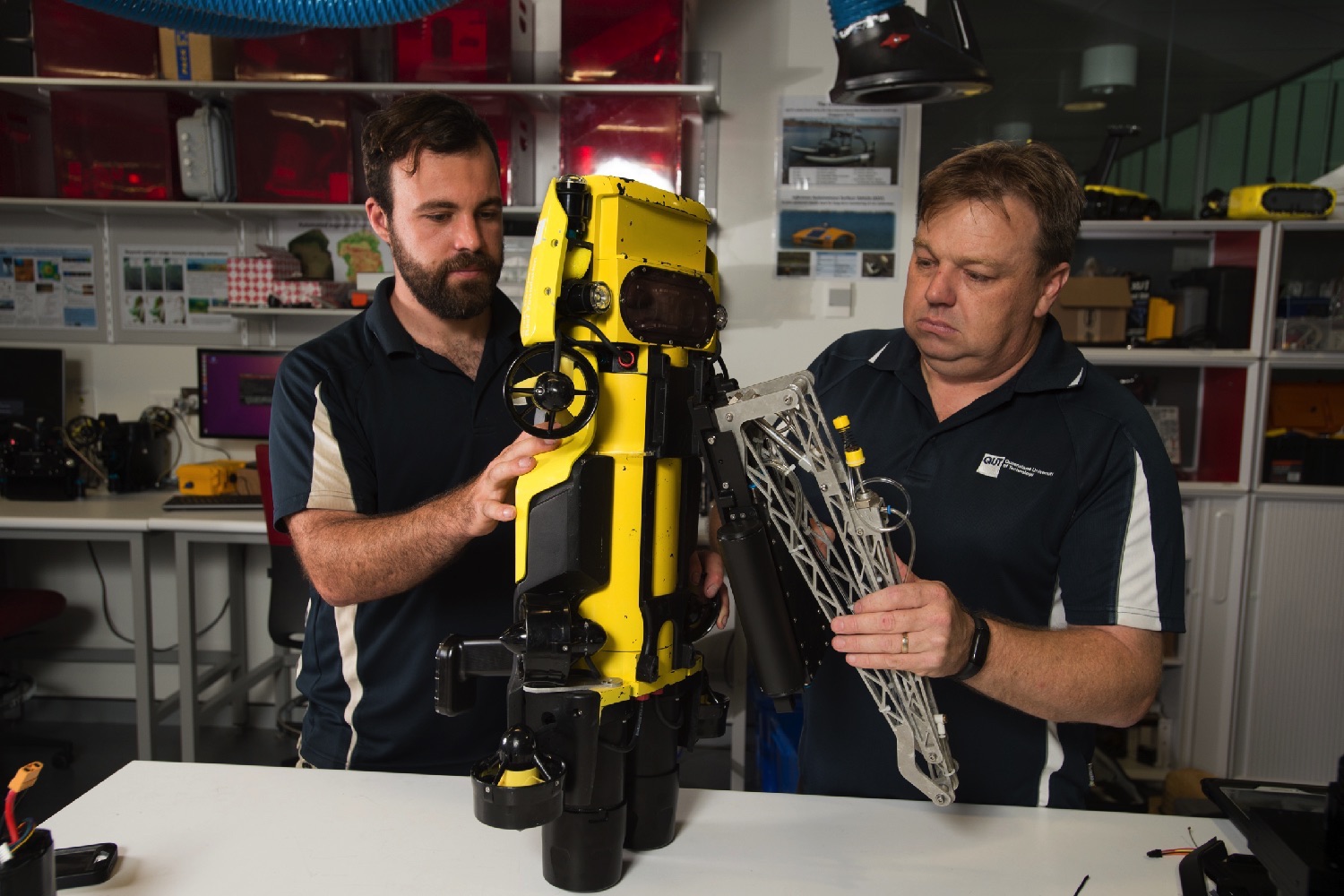We’ve covered a number of underwater drones at Digital Trends, but we can safely say that we’ve never covered one quite like RangerBot. Created as a collaboration between Australia’s Queensland University of Technology, Google, and the Great Barrier Reef Foundation, it’s an underwater robot intended to look after the world’s largest coral reef system by seeking out troublesome starfish and killing them by injecting drugs. Seriously.
“RangerBot builds on the QUT’s original COTSbot prototype that won the 2016 Google Impact Challenge,” Professor Matthew Dunbabin, a lead researcher on the project, told Digital Trends. “We believe it will be a very valuable tool for reefs around the world. Having an easy-to-use, small underwater robot that can operate in coral reef environments fills a current technology gap to allow larger-scale monitoring and management of reefs globally. We believe this is a first step in the development of a range of visual-guided robotic systems for environmental monitoring.”
The reason RangerBot targets crown-of-thorns starfish is because they prey on coral, secreting digestive enzymes that allow them to absorb their nutrients. A single starfish can consume up to 65 square feet of living coral reef every single year. To stop them, RangerBot is trained to identify these starfish — which it can do with 99.4 percent accuracy — and then initiate a fatal injection. This injection kills the starfish, but does not affect anything else on the reef.
The robot is kitted out with computer vision technology, allowing it to both recognize its target and avoid obstacles. Multiple thrusters let it easily move in any direction it needs to. In addition to acting like a Terminator for starfish, the drone can also be used to monitor coral bleaching, water quality, pollution, and more, as well as help map out large underwater areas.
“We are now in the process of starting the evaluations and assessments necessary to best integrate RangerBot into various management programs — including for crown-of-thorns starfish — with the immediate focus intended to be for the mapping tasks, and then roll in the more interactive capabilities,” Dunbabin said. “Longer term, we envisage a wide range of applications which could include pest management, coral restoration activities, and fish stock assessment.”
